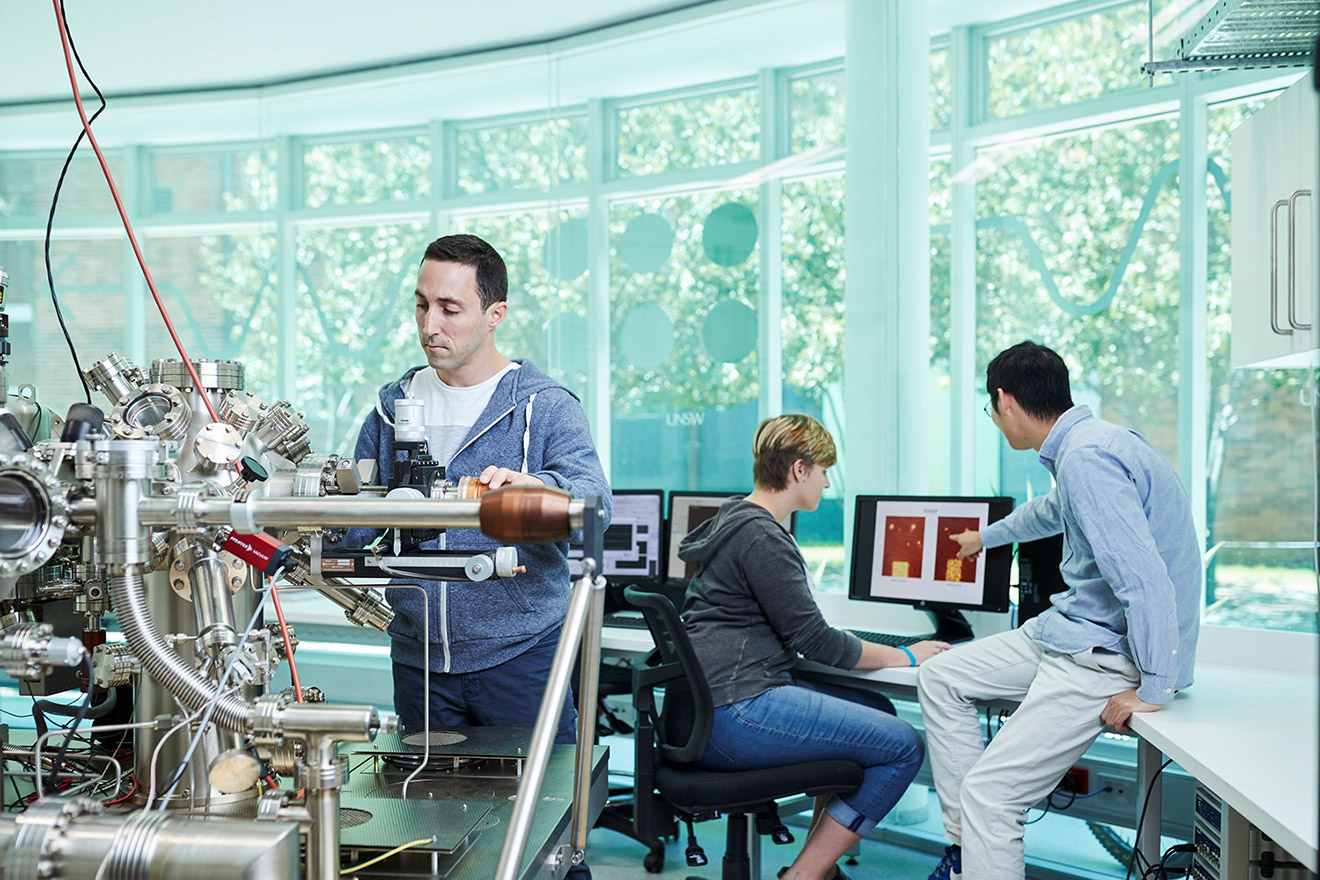Immediate actions
Action 1.1
Design new programs to incentivise the continued growth of quantum use cases in sensing, communications, and computing. The goal of these programs should be to fast-track projects using quantum and other advanced technologies to solve significant national challenges.
Action 1.2
Support initiatives to drive ecosystem growth, support commercialisation and enhance domestic and international links with strategic partners. The government will seek out and support initiatives involving consortiums of universities, quantum companies and industry translating quantum research into commercial outcomes.
Action 1.3
Grow a pipeline of quantum companies and technologies for potential future investment through the $15 billion National Reconstruction Fund, with a minimum of $1 billion earmarked for investment in critical technologies.
What we’ve heard
Many of Australia’s quantum technology solutions are already commercially available or almost ready to be commercialised. We have many ongoing opportunities to capitalise on, including expertise and ideas built from years of investment in the research sector. This is backed by a government focused on long-term benefits.
Our entrepreneurs and researchers are investing their time and talent into the next wave of quantum technologies and applications. As quantum research and technologies mature, the commercial and industrial opportunities are becoming more prominent. There are already tangible, scalable applications across a range of industries, with more emerging. For example:
The sector faces challenges, including:
- attracting more early-stage long-term capital
- connecting ideas and solutions to businesses and investors.
But by demonstrating how quantum technologies can improve commercial outcomes and address key challenges, quantum researchers and businesses can demonstrate their strengths and attract investment. This includes demonstrating market-ready products and solutions, as well as long-term applications for key industries and national capabilities. By building stronger connections between academia, business and industry, and translating research into industrial and commercial applications, we will deliver on Australia’s quantum potential.
Australia’s small domestic market and smaller pool of venture and non-dilutive capital means quantum companies need to access overseas markets and investment. This is a challenge for the Australian quantum sector, whose growth will depend on stronger international connections and lower barriers to doing business overseas.
The quantum sector could also access existing programs to accelerate research and grow. One of these programs is the University Research Commercialisation Action Plan, a $2.2 billion investment to strengthen university innovation and industry collaboration. It includes:
- Australia’s Economic Accelerator, a new $1.6 billion grant program to fund translation and commercialisation in national priority areas
- the Trailblazer Universities Program, which will provide $362.5 million from 2021–2022 to 2025–2026. It will help 6 selected universities boost prioritised research and development and drive commercialisation outcomes with industry partners
- the National Industry PhD Program, which includes $296 million to establish a suite of industry PhD and research fellowship schemes
- the Higher Education Research Commercialisation Intellectual Property Framework, which gives universities standardised terms, clauses and agreements for collaborating on IP licensing, options and assignment. This will increase collaboration by universities and help Australian industries use research outputs
- additional investment in the CSIRO ON program, which helps accelerate the impact of science research into market and has supported more than 3000 people from 52 Australian research organisations to turn their science into real-world solutions
- additional investment in Main Sequence Ventures, which was created by CSIRO in 2017 and has already invested in several Australian quantum start-ups.
Other existing funding programs are:
Action impacts
These immediate actions address the challenges and opportunities identified in this strategy by:
- helping academia, industry and the community work together to solve challenges by using quantum capabilities
- growing Australia’s quantum ecosystem by improving coordination and collaboration between research and industry. This will identify the uses that will increase quantum uptake and investment
- increasing investment by building on local expertise and sovereign capability to grow the economy, increase productivity and create jobs.


